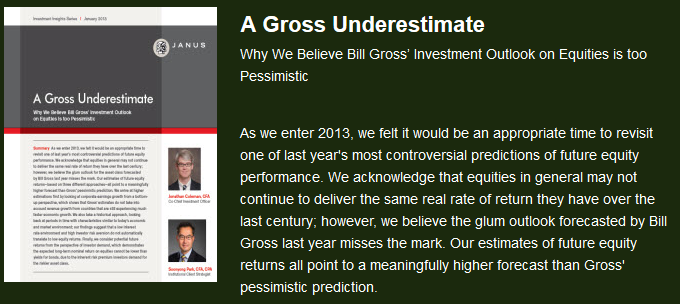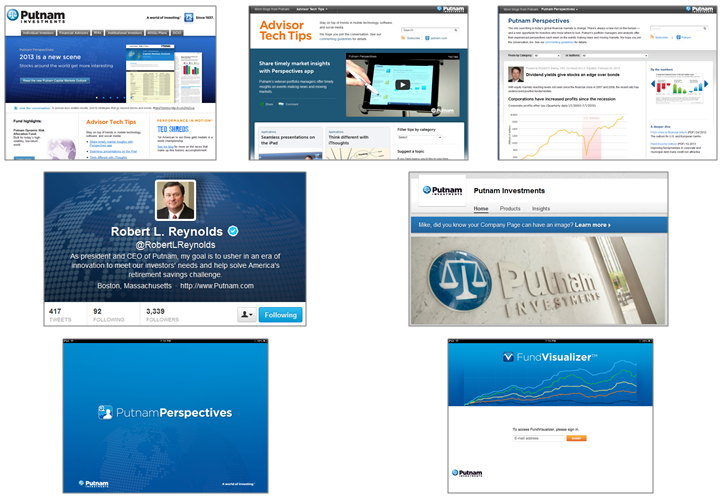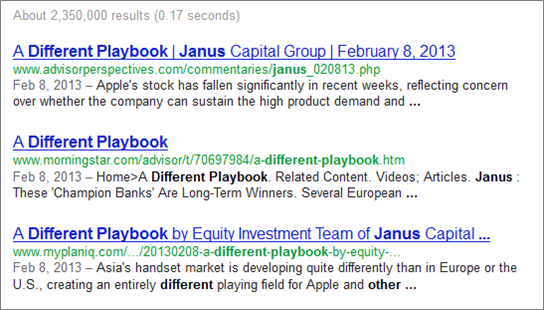How Helpful is Grantham’s Bubble Prediction?
I spent some time today with GMO’s third-quarter letter (PDF) to investors, specifically the already-much-discussed thoughts from Jeremy Grantham. Mr. Grantham touches on a number of topics, but the part that piques my interest is his take on the pending stock market bubble:
…so I would think that we are probably in the slow build-up to something interesting – a badly overpriced market and bubble conditions. My personal guess is that the U.S. market, especially the non-blue chips, will work its way higher, perhaps by 20% to 30% in the next year or, more likely, two years, with the rest of the world including emerging market equities covering even more ground in at least a partial catch-up. And then we will have the third in the series of serious market busts since 1999…
This take made me think about a recent Slate blog post regarding the value of bubble-related predictions. If you don’t want to click through, here’s the important take from Matthew Yglesias:
I think it’s important to recognize how fundamentally unimpressive it is to call a financial crash years in advance. If I predict to you today that the stock market is going to crash soon and people are going to lose a lot of money, and then people keep making money for the next 40 months and then the stock market crashes, that would hardly make me a genius financial forecaster.
I find that point of view extremely valid. Investment managers consistently throw out “strong” predictions, but too often those predictions are couched in an unspecific timeframe. There isn’t much value in that.
In Mr. Grantham’s case, his prediction is on a middle ground. The 20-30% appreciation is specific; the timeframe less so; and there’s no commentary on how the variables should be balanced (e.g., what if the 30% appreciation happens over the next 7 months?).
As one advisor said to me, “At some point he will be right. But there’s nothing here for me to act on.”








